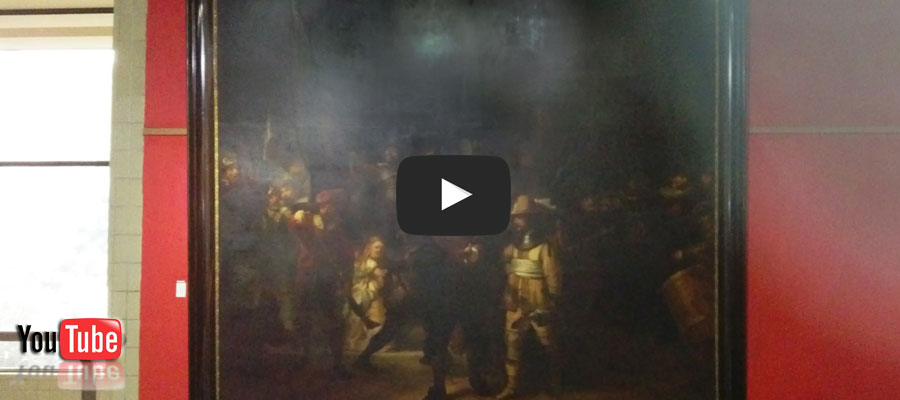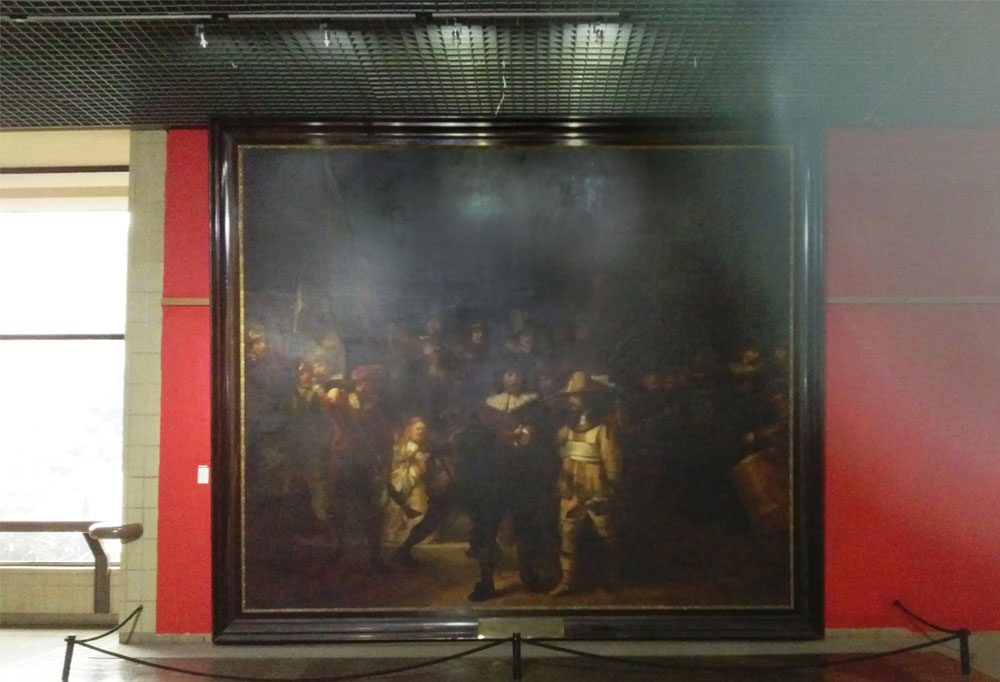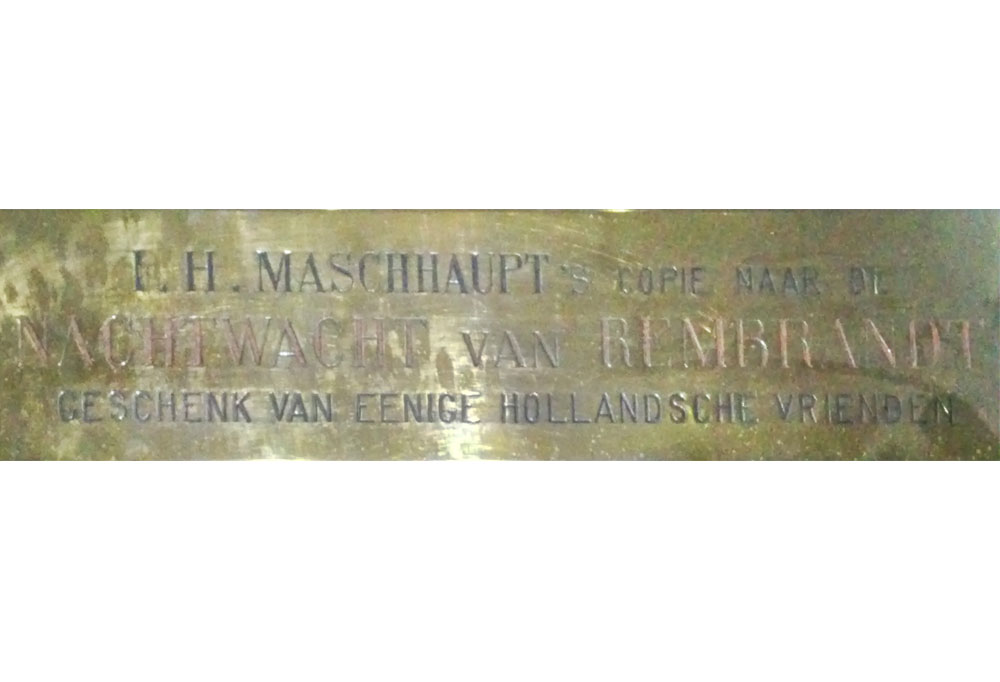Rembrandt Harmenszoon van Rijn
A Dutch painter born in 1606, Rembrandt is famous for his intense characterisations and strong use of light. He did numerous portraits, many of himself, together with Biblical subjects, landscapes and many other topics. He refused to conform and created his own style, mastering all themes and, in the process, influencing many of his contemporaries.
Through the three periods in which his work can be grouped, his focus changed from outward detail, to inward meaning. This is evident in his self-portraits which tell the story of how he grew and went through life, depicted in the meaning and depth portrayed in his eyes. One of his most famous works is The Night Watch (‘De Nachtwacht’), which is exhibited in the Rijksmuseum in Amsterdam and a copy of which can be viewed at the National Museum of Cultural History in Visagie Street, Pretoria.
Selected work:
De Nachtwacht (copy)
Copier:
Jan Hendrik Maschhaupt
Maschhaupt was a Dutch artist who lived from 1826 to 1903 in Amsterdam. The Hollandsche Vrienden donated his copy of the Nachtwacht to the National Museum of Cultural History in the late 1800s, together with numerous other copies of Dutch paintings from the 17th century. Since original paintings weren’t available, copies were made due to their relatively low cost and higher quality than prints. There is however a clear distinction between a copy and a forgery.
Collection:
National Museum of Cultural History
Sources:
FLEMING, W. 1995. Arts & Ideas, 9th ed. Wadsworth and Ted Buchholz.
HATTINGH, A.S.J. 1973. Kunswaardering, 2de uitg. Johannesburg: Voortrekkerpers.
The Night Watch, 1642. Descriptive text at the painting in the National Museum of Cultural History.





